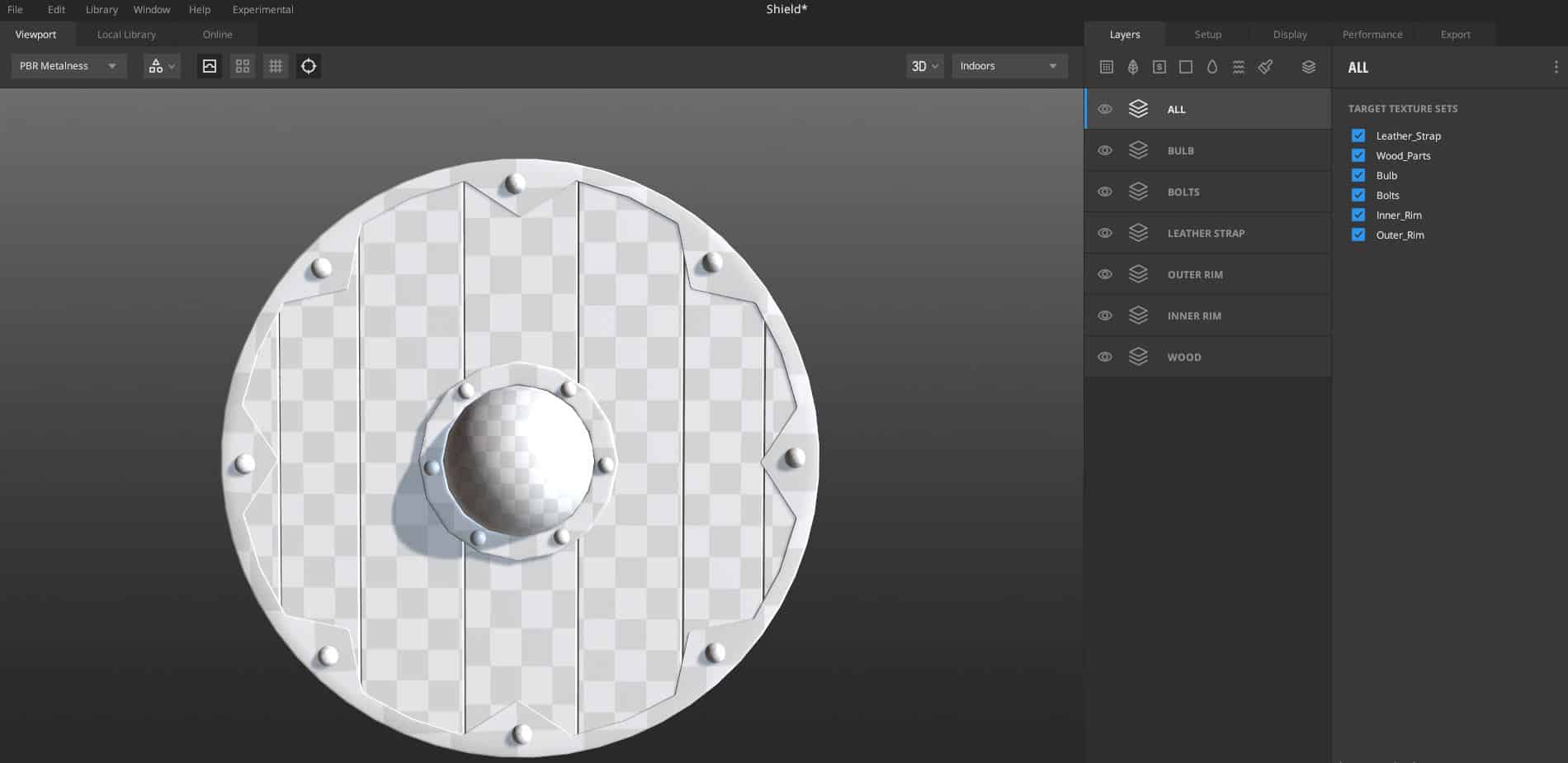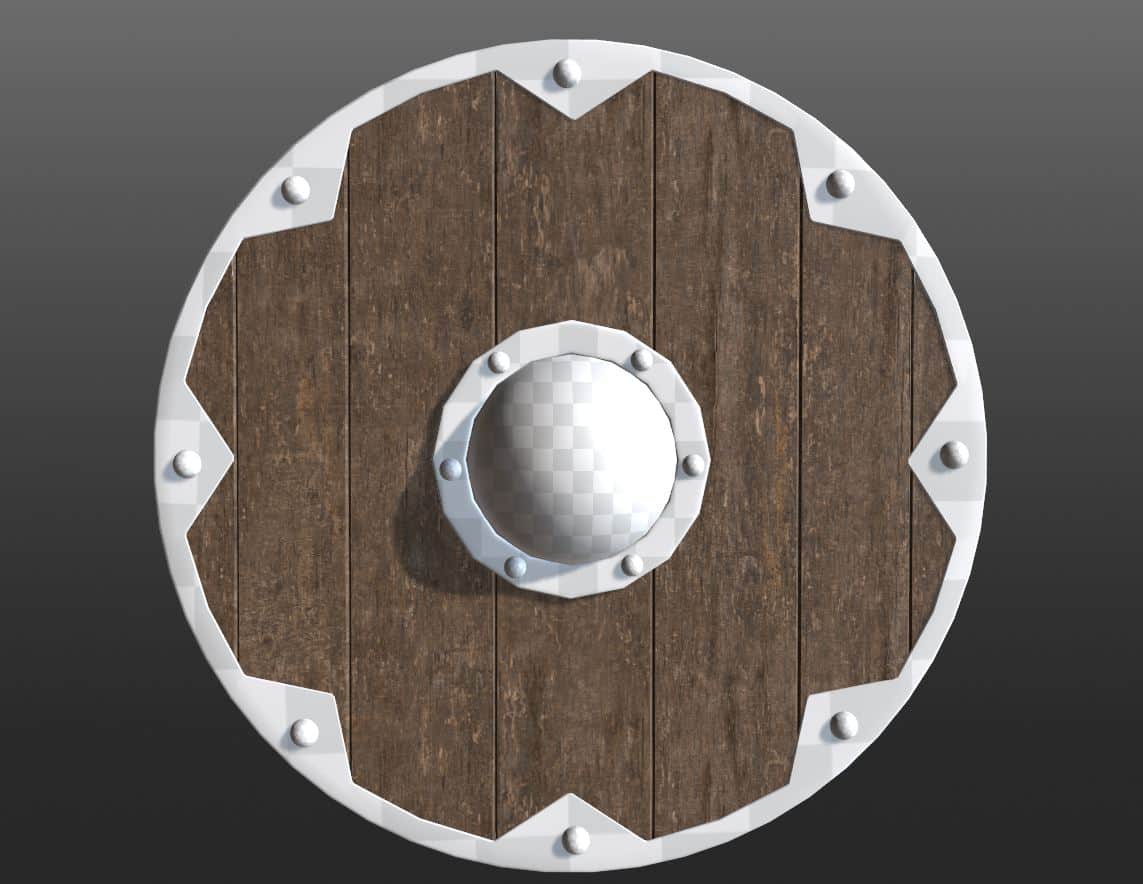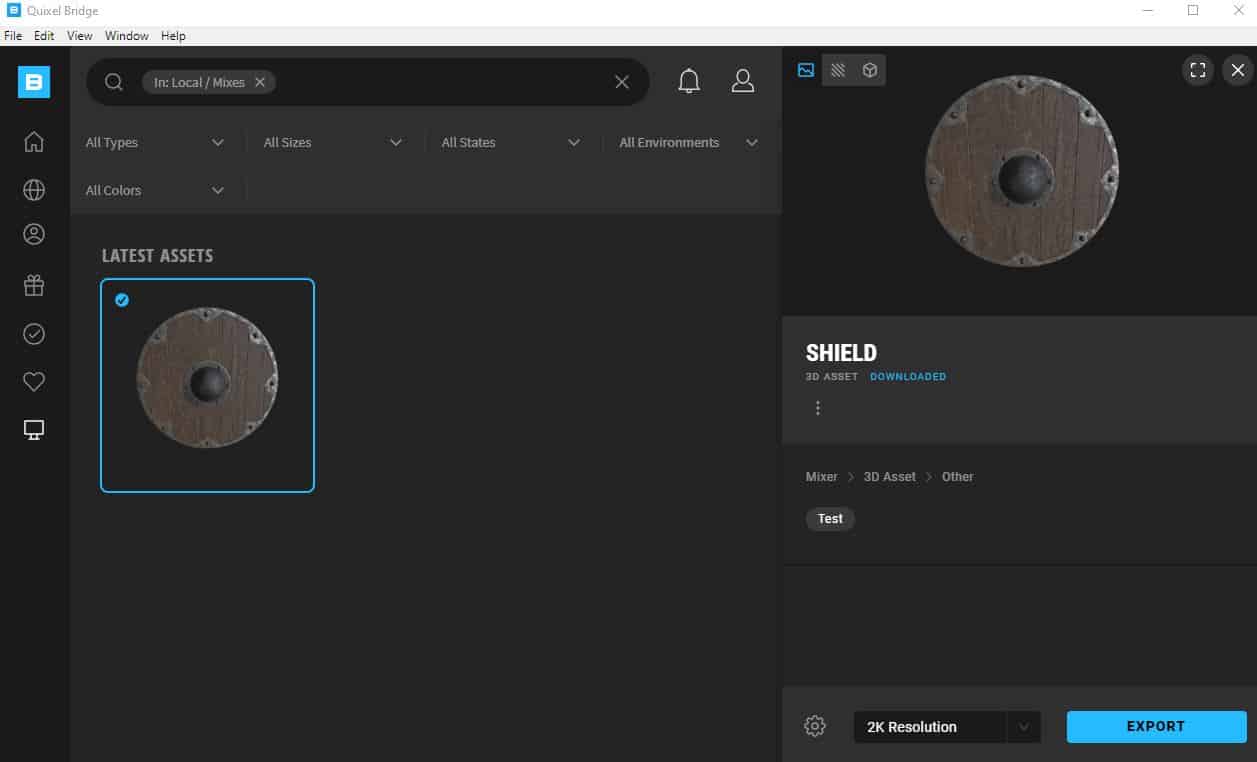It is likely that at some point while browsing the Unreal Engine Marketplace or watching tutorials you have seen the term PBR textures used a lot.
PBR stands for Physically Based Rendering and as a game developer this may not mean a lot other than textures utilizing this workflow tend to look really cool. PBR textures are the standard for texturing in games and from experience they are easy to make.
Creating PBR textures for Unreal Engine can be done in many ways. Probably the easiest is via specialised texturing programs such as Substance Painter or Quixel Mixer. Both programs allow you to create PBR materials for easy export to be used in Unreal Engine.
In this article we will discuss what PBR textures are and how you can quickly and easily create PBR textures to use in Unreal Engine.
What are PBR Textures
PBR textures are a set of textures (at minimum 3) that dictate how a material looks and how light reacts with it. There are a couple of workflows but the easiest to understand is the Metallic Roughness Workflow.
The theory is if you can dictate 3 simple properties of a material you can almost create any material. The Metallic Roughness Workflow requires you to define the Color, how Metallic the material is, and how Rough it is (which is basically how well it reflects light).
By creating texture maps for Color, Metallic and Roughness you can simulate most materials. It sounds quite simplistic but it really works!!!
I highly encourage you to check out this article where I discuss in more depth about PRB and how it works in more depth.
Can Unreal Engine Create PBR Textures
Yes you can create PBR materials in Unreal Engine but they can require editing materials and shaders. They give some control but by far using an external program such as Quixel Mixer or Substance Painter get easier and better results.
Using PBR textures rather than shaders also means you can get a easy consistent approach no matter where you create your model. You do not need to import your model into Unreal Engine to work on how it looks.
How Do You Create PBR Textures
You can create PBR textures in a lot of programs but the more popular choice is via Substance Painter and Quixel Mixer.
Both allow you to paint textures directly on your model in real time and export the resulting texture maps. This means you don’t need to worry about what maps you need. You simply import the outputted textures into Unreal Engine and they will simply work.
What Software is Best to Create PBR Textures
There are a few programs capable of creating PBR textures but I am going to focus on 2 Substance Painter & Quixel Mixer
Substance Painter
Substance Painter is the most popular program used in the industry. It has a lot of functionality and is the most developed. However the biggest downside is it costs money to use.
For more information on Substance Painter please check out my article here.
Quixel Mixer
Quixel Mixer is not as popular as Substance Painter and because it’s newer it has less functionality. Don’t let this fool you almost everything you could need can be done in Quixel Mixer. The best part is it’s free!!!
The lesser functionality is a boon as it means it’s a lot more user friendly. What makes it exceptional to use with Unreal Engine is that it works with Quixel Megascans library. Provided you are using it for use in Unreal Engine you can utilize the Megascans library for free.
I cant stress how great the Megascans library is and to get it for free is amazing.
My Recommendation
For a long time I have used Substance Painter however I prefer Quixel Mixer for use in Unreal Engine. Quixel Mixer gets regular updates, it integrates great with Unreal Engine and you get free access to the Megascans Library.
If you are looking at creating PBR materials for Unreal Engine it really seems like a obvious choice especially for a indie developer with a tight budget.
Demonstration of How Quixel Mixer Works
Using Quixel Mixer can be summarized in a few easy steps. The following steps assume you have done or have a model that is setup to work with Quixel Mixer such as creating UV’s.
Step 1: Import Your Model
The first thing you can do is import your model. This will give you your model base mesh ready to be textured.

Step 2: Start Applying Textures
Next thing you do is start applying textures. Quixel Mixer has hundreds of textures and what are referred to as Smart Materials you can use. These are all setup materials that you can simply drag and drop onto your model.

Step 3: Apply the Material
You the apply the material to the part of the model you want.

Step 4: Repeat
You the repeat this adjusting colors and Smart Materials until you get the desired result.

Step 4: Export Your Model
You then are given a few options to export. You can export only the materials, export the FBX with the materials applied or my favourite use Quixel Bridge.
The Quixel Bridge is another free programmed aimed at managing 3d models and textures. This is how you access the Quixel Mega Scan library within Unreal Engine. You can simply upload the model to the Quixel Bridge and you have access to it any time going forward.

Step 5: Import your Model Into Unreal Engine
After you have exported the model can simply open the Quixel Bridge in Unreal Engine and directly import the model to be used setup ready to go. It really is quite simple.

Conclusion
Hopefully you now have an idea of exactly you can create you own PBR materials for your models in Unreal Engine. While it can be a very technical topic utilizing Substance Painter or Quixel Mixer can really help make things easier and in my opinion quite fun.

